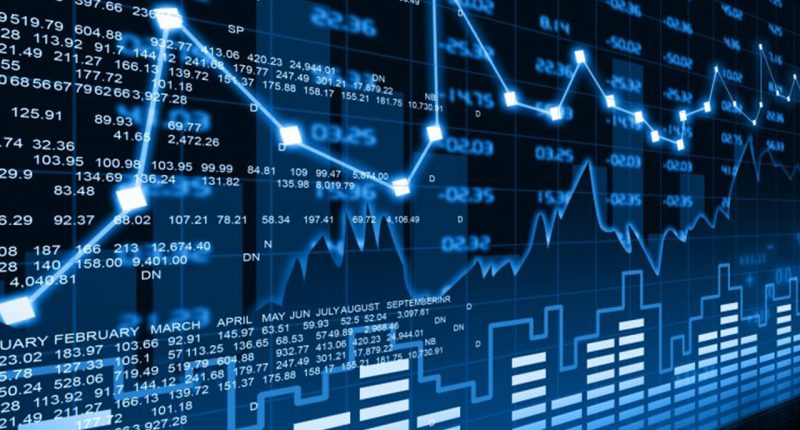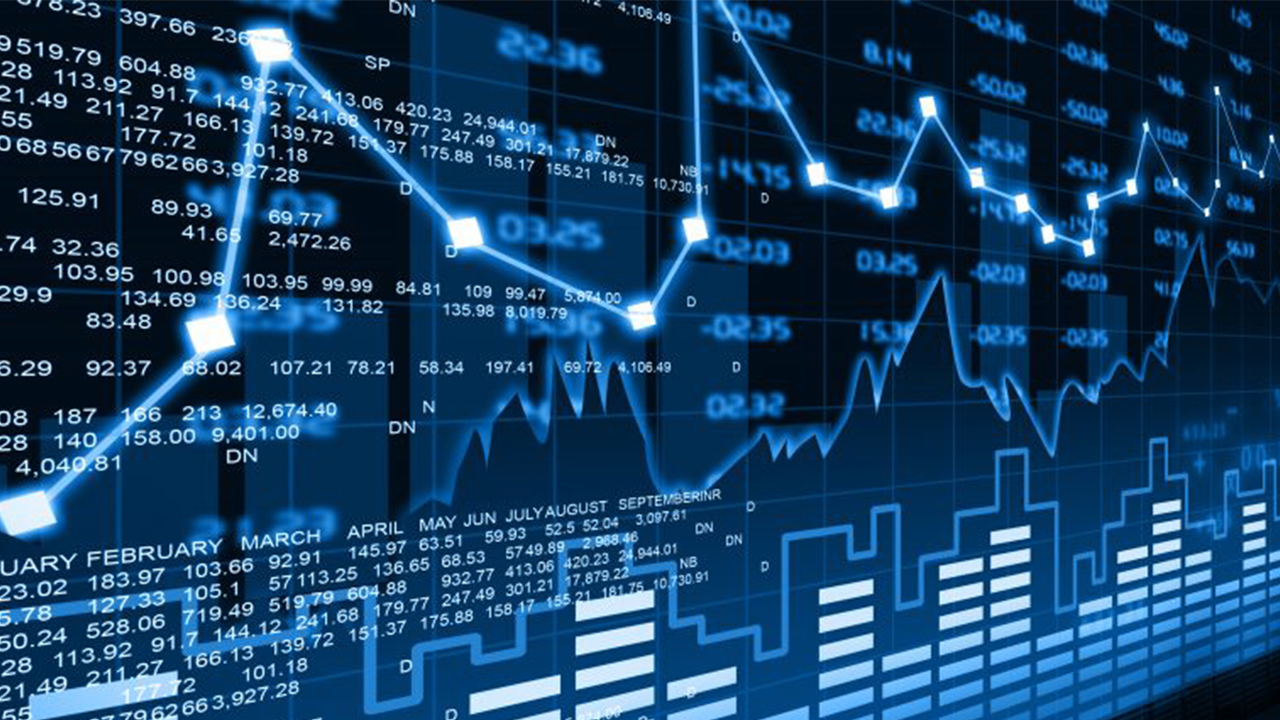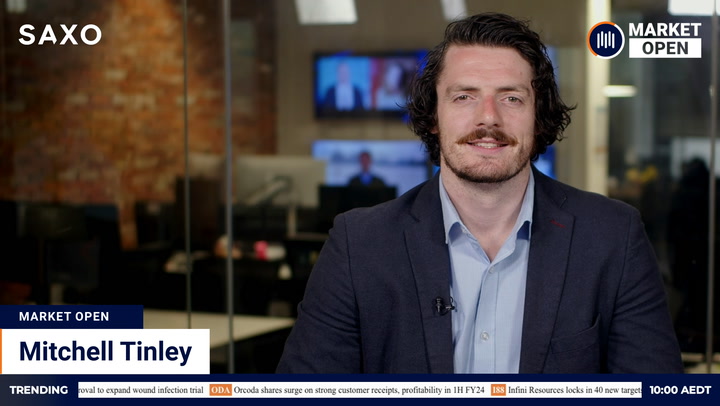The last session of 2020 looks set for a negative start as investors weigh slender gains in the US on upbeat vaccine news against a surging dollar and a Covid spike in NSW.
US stocks rose, but gave up most of their gains by the close. The dollar soared to its strongest level in 32 months.
Australian index futures declined 24 points or almost 0.4 per cent ahead of a holiday-shortened session. The ASX wraps up this afternoon two hours earlier than normal for New Year.
Investors will keep a wary eye on today’s Covid-19 case numbers after yesterday’s increase in NSW sharpened concerns ahead of tonight’s celebrations.
Wall Street
US stocks started well after UK regulators approved a coronavirus vaccine developed by AstraZeneca and Oxford University for emergency use. The rally lost momentum by the close as a proposal to increase stimulus payments stalled in the Senate and a virulent strain of Covid-19 was discovered in the US for the first time.
The S&P 500 finished five points or 0.13 per cent ahead, its fourth gain in five sessions. The Dow Jones Industrial Average added 74 points or 0.24 per cent, securing a record close. The Nasdaq Composite put on 20 points or 0.15 per cent.
“To me this just seems like a bit of a consolidation,” Will Geisdorf, senior research analyst at Allegiant Private Advisors in the US, told MarketWatch. “We’ll drift through the holidays with light volume and maybe in the first-second week of January we’ll get some catalysts.”
The Republican-controlled Senate had no plans to vote on a Democrat bill to increase stimulus payments to Americans from US$600 to US$2,000. Senate Republicans effectively sabotaged the proposal by introducing a rival bill that ties the payments to unrelated issues Democrats will not support.
European stocks declined despite news the UK will start to administer the AstraZeneca/University of Oxford vaccine from Monday. The pan-European Stoxx 600 slid 0.34 per cent. Britain’s FTSE 100 index fell 0.71 per cent.
Australian outlook
The market appears to have broadly negative leads for what is historically a session with low participation levels. The dollar is back in focus after going on a tear overnight. The Aussie hit 76.87 US cents, its highest level since April 2018, and was lately up 0.97 per cent at 76.82 US cents. The advance came as massive US stimulus outlays weighed on the greenback.
The downside for the ASX is renewed pressure on companies that export anything other than raw materials or that generate significant income in the US. These include several major health companies, James Hardie, Treasury Wine Estates, Altium and Aristocrat Leisure.
The upside of the dive in the greenback was a strong night for commodity prices. A falling dollar makes dollar-denominated commodities cheaper and more attractive to holders of other currencies. The US energy sector surged 1.6 per cent and the materials sector 1.3 per cent.
Beyond the resources space, US industrials gained 0.7 per cent. Financials added 0.4 per cent. Technology, consumer staples and communication services finished in the red.
Troubling signs from the NSW Covid-19 outbreak appeared to weigh on the ASX yesterday. The state reported 18 locally-acquired cases. Today’s figures will have an impact on how the session finishes.
The domestic economic calendar is empty. Chinese manufacturing and services updates are due at noon AEDT.
Commodities
US gold miners advanced as a weakening greenback drove investors into alternative stores of wealth. Gold for February delivery settled $10.50 or 0.6 per cent ahead at US$1,893.40 an ounce. The NYSE Arca Gold Bugs Index climbed 2.4 per cent. The yellow metal is on track for its first monthly advance in five months.
“Gold’s bearish correction could be over now that prices are poised to have its first monthly gain since July,” Edward Moya, senior market analyst at Oanda, wrote.
BHP and Rio Tinto fared better in US action following setbacks in UK trade. BHP’s US-listed stock gained 0.32 per cent after its UK-listed stock shed 0.72 per cent. Rio Tinto dipped 0.17 per cent in the US and 1.6 per cent in the UK. The spot price for iron ore landed in China eased $3.60 or 2.2 per cent to U$158.90 an ounce.
Oil rose after a weekly update showed a larger-than-expected decline in US stockpiles. Brent crude settled 25 cents or 0.5 per cent ahead at US$51.34 a barrel. Energy Information Administration data showed US crude stocks declined by almost twice as much as analysts predicted last week.
Copper prices declined during a choppy, low-volume session on the London Metal Exchange. Benchmark copper dipped 0.1 per cent to US$7,834 a tonne. Aluminium gained 0.6 per cent, lead 0.8 per cent and zinc per cent. Nickel gave up 0.9 per cent and tin 0.3 per cent.








